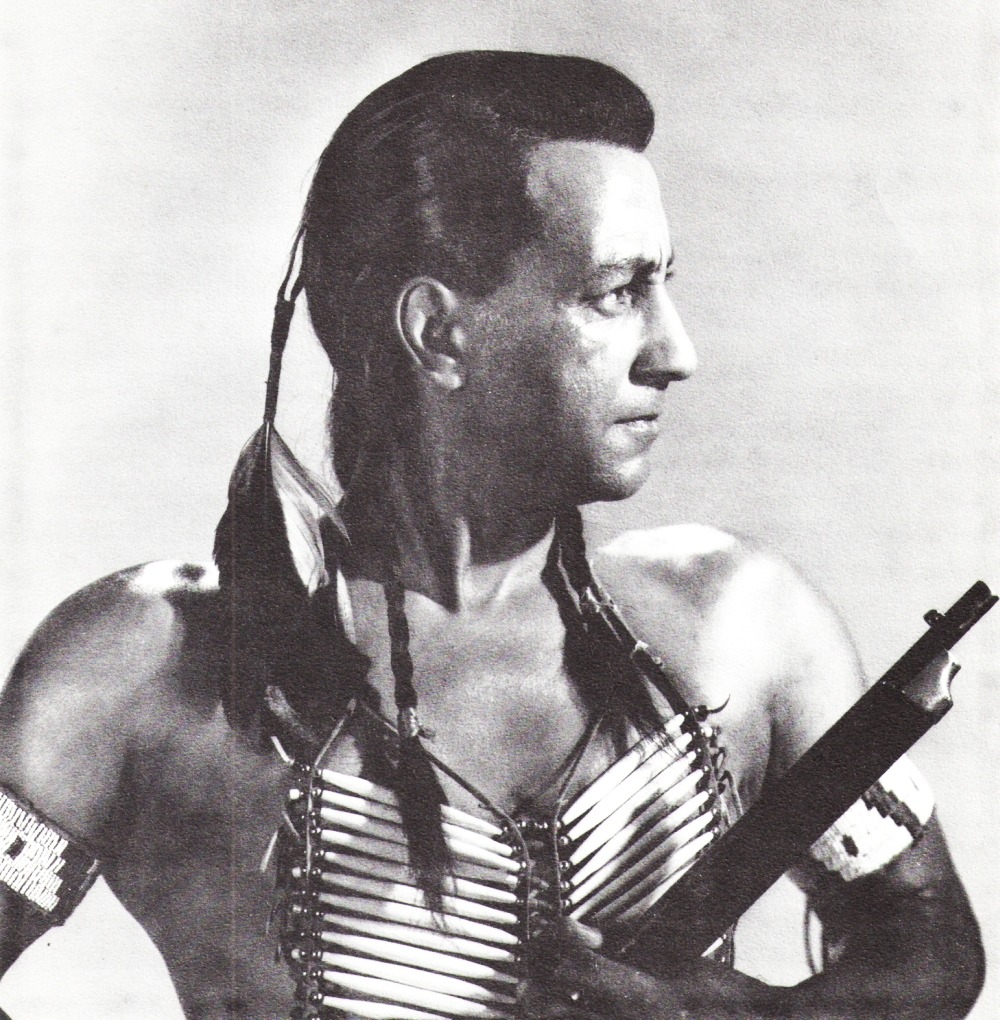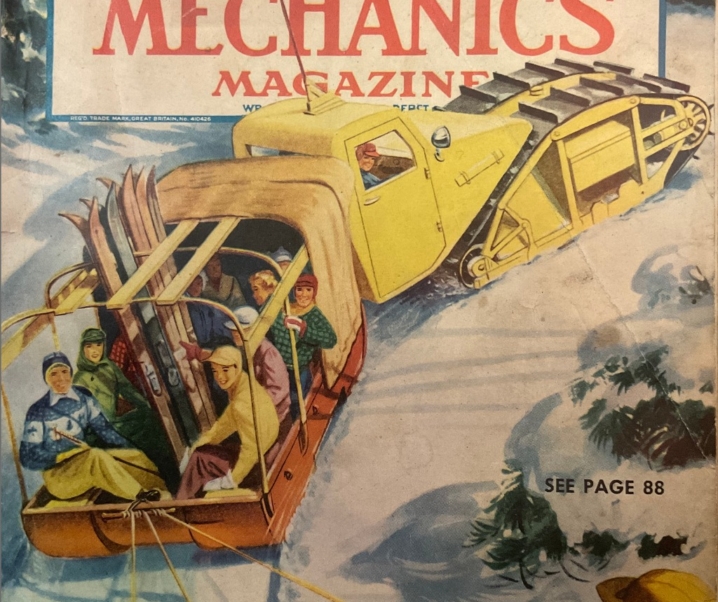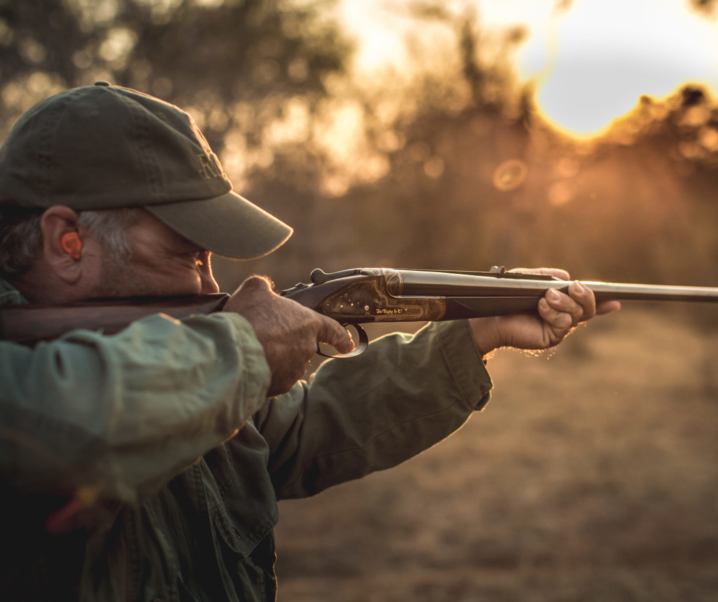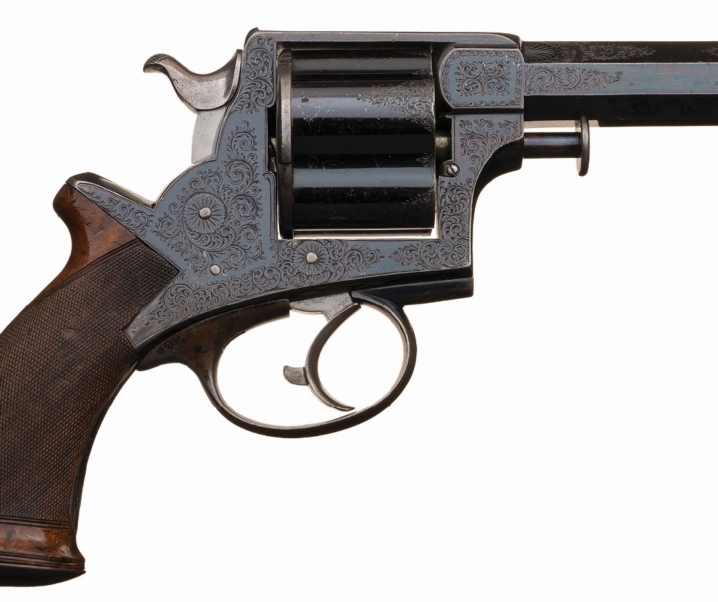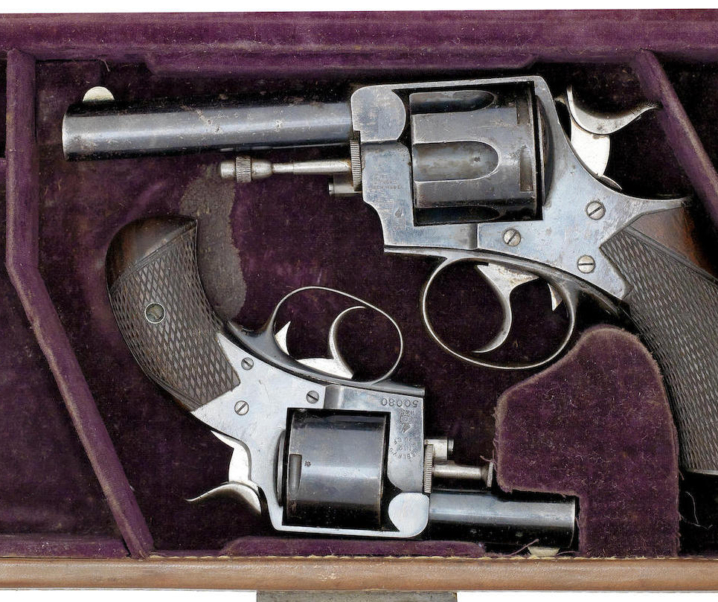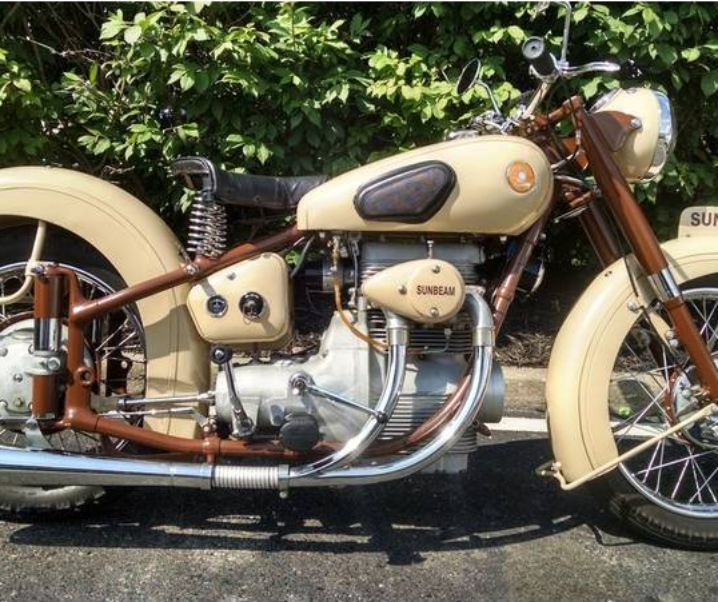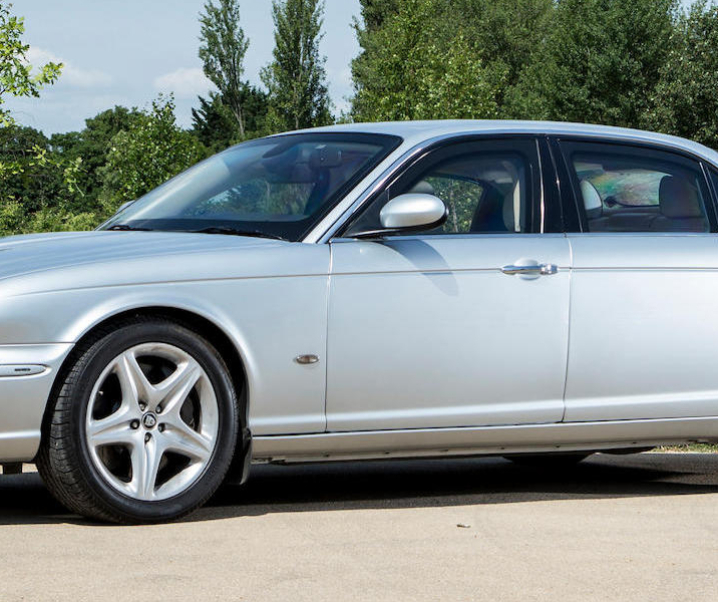Rodd Redwing was one of Hollywood’s “larger than life” characters. He was also a quiet achiever being a man whose influence was not limited to on-screen appearances, but from the results of his coaching which enabled many of Hollywood’s most famous Western stars to perform with gun, knife and whip.
Fast Facts
- Rodd Redwing was a Hollywood actor, gun, knife and whip coach, trick shot, and stuntman.
- Redwing appeared in a number of movies beginning with “The Squaw Man” in 1931, and a number of television shows.
- He is especially remembered as a teacher of Western gun handling, and during his career he coached many Hollywood stars.
Hollywood is, of course, a “make-believe” factory, an industry dedicated to manufacturing pretend, a fiction factory, a fantasy factory, a place in which fiction is far more important than fact.
So the people who become Hollywood characters often adopt stage names rather than their real names, and some obscure or fabricate their background so as to blend into the Hollywood tinsel and glamour.
One of Hollywood’s most respected icons was Rodd Redwing, and deservedly so.
Legend has it that Rodd Redwing was born part Chickasaw Indian and part Hindu Indian. The story was that Redwing’s mother was a Chickasaw Indian from Mississippi who had a number of beauty parlors which she ran with her sisters in New York. Rodd’s father was said to be a Brahmin from India who was a vaudeville mind-reader and whose name was “Prince Rajpurkaii”.
It was said that Rodd Redwing’s real name was “Rodric Ashmed Tokaji Hokar Kar Rajpurkaii” and that he had adopted the stage name of “Rodd Redwing”.
This origin story served to provide Rodd Redwing with an exotic origin story, one that could help serve to open doors for him in the acting career he aspired to.
This story remained as the history of Rodd Redwing until a researcher named Angela Aleiss, PhD published a book titled “Hollywood’s Native Americans: Stories of Identity and Resistance” (Published by Praeger in 2022).
In her book Aleiss claimed that on the basis of her research that it seemed that Rodd Redwing was the son of Ulysses William Richardson, an elevator operator, and Lillian Webb, a hairdresser and manicurist, both of whom were African Americans.
Rodd’s original name was, according to Aleiss’ research, Webb Richardson, and he was born in 1904.
As often happens the legend is much more interesting than the cold, hard, research: and Rodd Redwing’s life career proved to be even more interesting than his legendary beginnings.
His entry into acting began in New York in the 1920’s beginning with a part in the stage play “The Bad Man”. He had at that time recently graduated from New York University having gained a bachelor’s degree.

He claimed that he was able to get his first film job working on the Cecil B. DeMille movie “The Squaw Man” in 1931. This was DeMille’s third film based on the original 1905 stage play by Edwin Milton Royle and the 1931 version was the first with sound – the previous one’s having been silent.
But it was not to be acting that would earn him a place among Hollywood’s interesting characters.
There is an old saying “Preparation precedes blessing” and Rodd Redwing without doubt put a great deal of work into preparing himself for a career in Hollywood – especially in the genre of Wild West movies.
This preparation work was centered around western gun handling, whip, and knife work: the stunt techniques that were essential to both performing in, and training actors for Wild West movie roles. It would be his dedication to training and achieving mastery in these disciplines that would earn him a special place in Hollywood Western movies: if anyone could claim the title “fastest gun in the West” then Rodd Redwing was certainly a candidate. He certainly became the “fastest gun in the Westerns”.
Nowadays it is commonly said that to achieve mastery in anything takes about 10,000 hours of work, and the level of skill that Rodd Redwing was able to demonstrate points to him having done a lot of training to get the skills he became famous for.
This short collection of videos from “Old Trading Post” gives an idea of Rodd Redwing in action.
For example, one of his trademark fancy shooting demonstrations involved a set up with a two to three inch hole in a glass panel. This glass panel was able to swing. Directly behind it was a mount that held a wafer.
Rodd would set the glass swinging and then with a .22 rifle shoot through the swinging hole and break the wafer. He would then follow that up by mounting a Life-Saver candy where the wafer was and repeat the trick, shooting through the swinging hole and through the hole in the center of the Life Saver without breaking it. He would also mount a knife behind the Life-Saver candy and do the trick not only shooting through the hole in the Life-Saver but splitting the bullet on the knife blade.
Given that the old adage “Every expert starts out as a beginner” we can imagine the hours of practice that went into creating and then mastering that stunt.
Another of his trademark tricks was to throw a knife at a target and then, as the knife was flying towards its target, to draw his revolver and shoot a bullet hole in the target such that the knife split the bullet hole.
Rodd Redwing found that his extraordinary skills and gun knowledge came to be in strong demand by Hollywood, he stood out as a respected expert and that expertise was not confined to performing his tricks and stunts, but he had the teaching gift and was able to train and coach others to perform with a gun, knife and whip.
The list of famous Hollywood stars Rodd Redwing was trusted with teaching included Ronald Reagan, who would go on to become not only a Hollywood star, but also the highly respected 40th President of the United States.
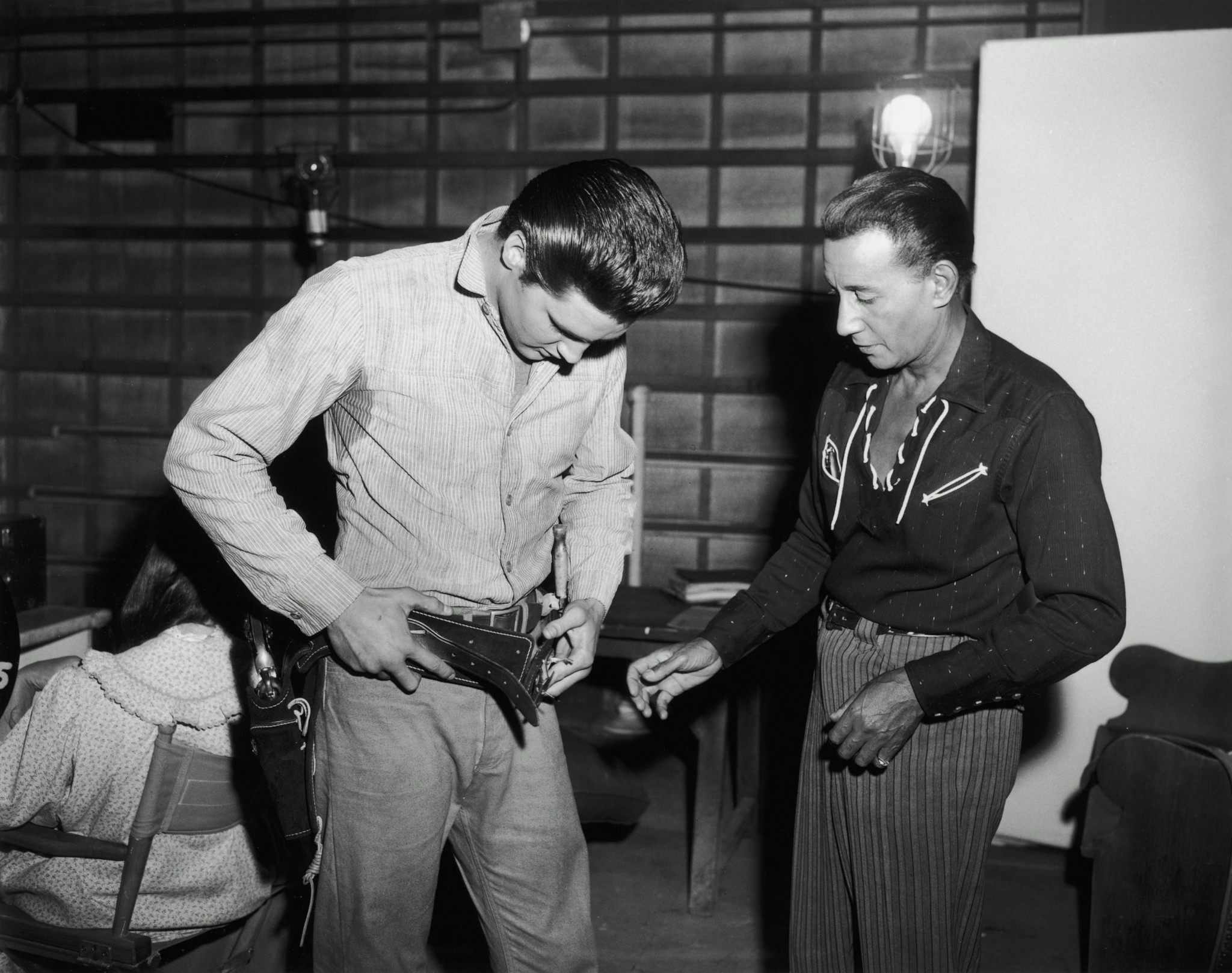
Another of the famous stars Redwing taught was Elvis Presley for his film roles in “Flaming Star” and “Charro”.
The list of Hollywood actors that Rodd Redwing taught is long and includes Charlton Heston, Jerry Lewis, Fred McMurray, Richard Widmark, Dean Martin, Anthony Quinn, Mel Ferrer, Glen Ford, Burt Lancaster, and Steve McQueen.
It is actually Rodd Redwing who performs the gun-twirl holstering at the end of the movie “Shane” starring Alan Ladd.
Redwing made appearances in television shows including in “The Life and Legend of Wyatt Earp” which he featured in a number of times, and the show “What’s My Line”.
One of Rodd Redwing’s more challenging teaching jobs was not for a Western movie but for the 1939 film “Gunga Din”. Redwing was charged with training three thousand who would perform as troops in the film. Redwing had military expertise and took on training these men in the correct military drills for the Indian Hindu soldiers, for the Ghurkas, and for the East Indians.
His success in achieving this may well have been something that established his credentials with the Hollywood studios.
Rodd Redwing worked on the movie “Red Sun” in 1971 and was in Spain for that. It was on the plane journey home to Los Angles on May 29th that he suffered a heart attack, and passed from being a career professional into being a Hollywood legend.
His legacy continues in his influence on many of the greatest names in Hollywood during its golden era.
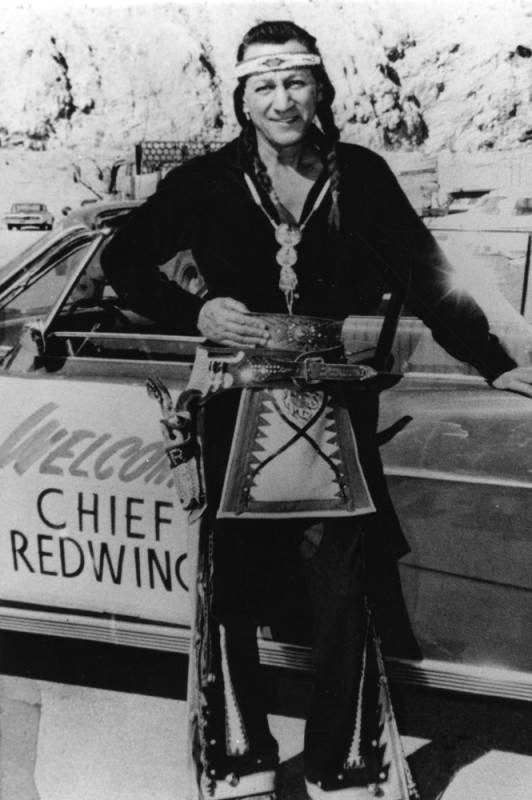
Picture Credits: Feature image at the head of this post courtesy IMDB. Other pictures individually credited where possible.

Jon Branch is the founder and senior editor of Revivaler and has written a significant number of articles for various publications including official Buying Guides for eBay, classic car articles for Hagerty, magazine articles for both the Australian Shooters Journal and the Australian Shooter, and he’s a long time contributor to Silodrome.
Jon has done radio, television, magazine and newspaper interviews on various issues, and has traveled extensively, having lived in Britain, Australia, China and Hong Kong. His travels have taken him to Indonesia, Israel, Italy, Japan and a number of other countries. He has studied the Japanese sword arts and has a long history of involvement in the shooting sports, which has included authoring submissions to government on various firearms related issues and assisting in the design and establishment of shooting ranges.

